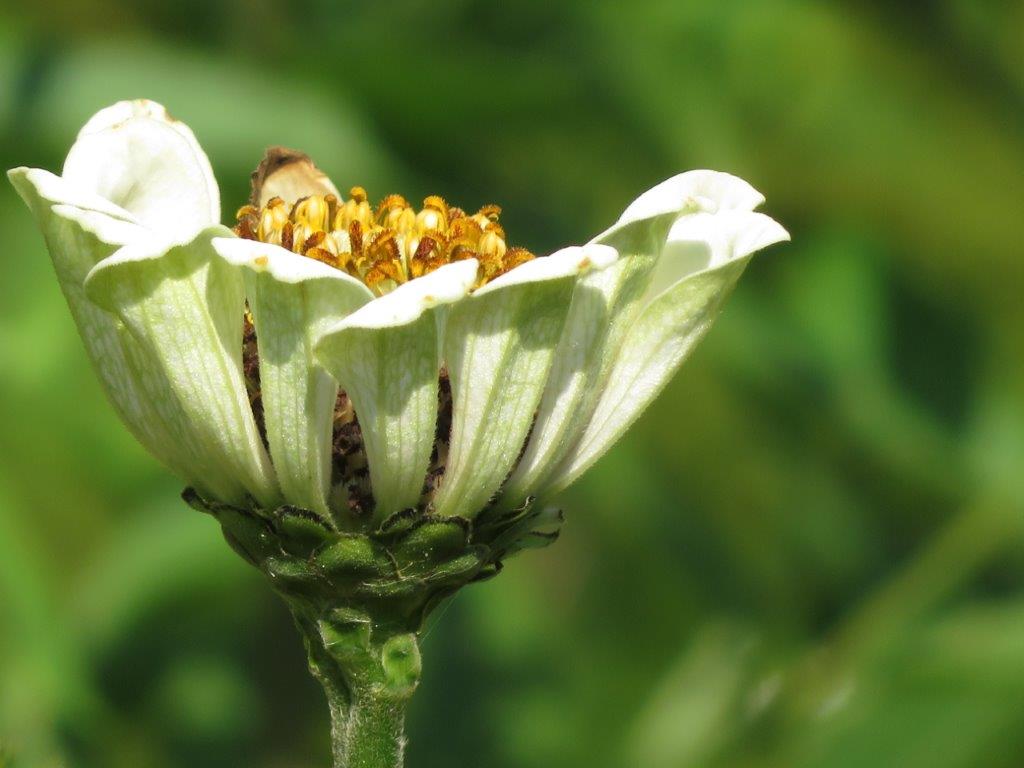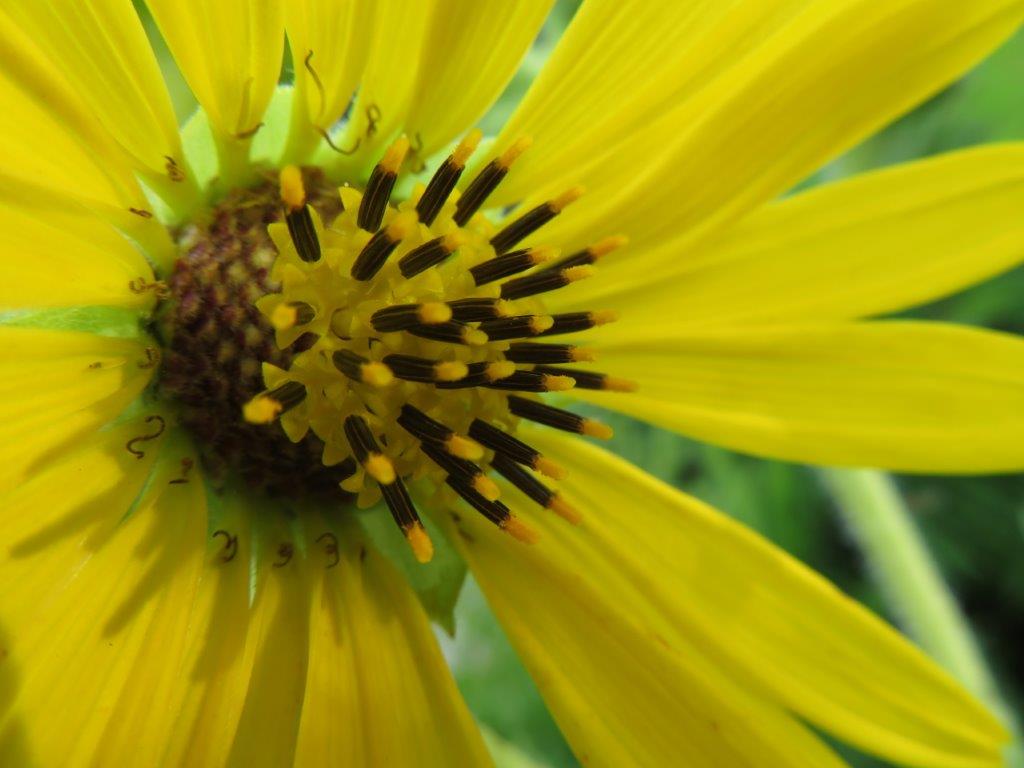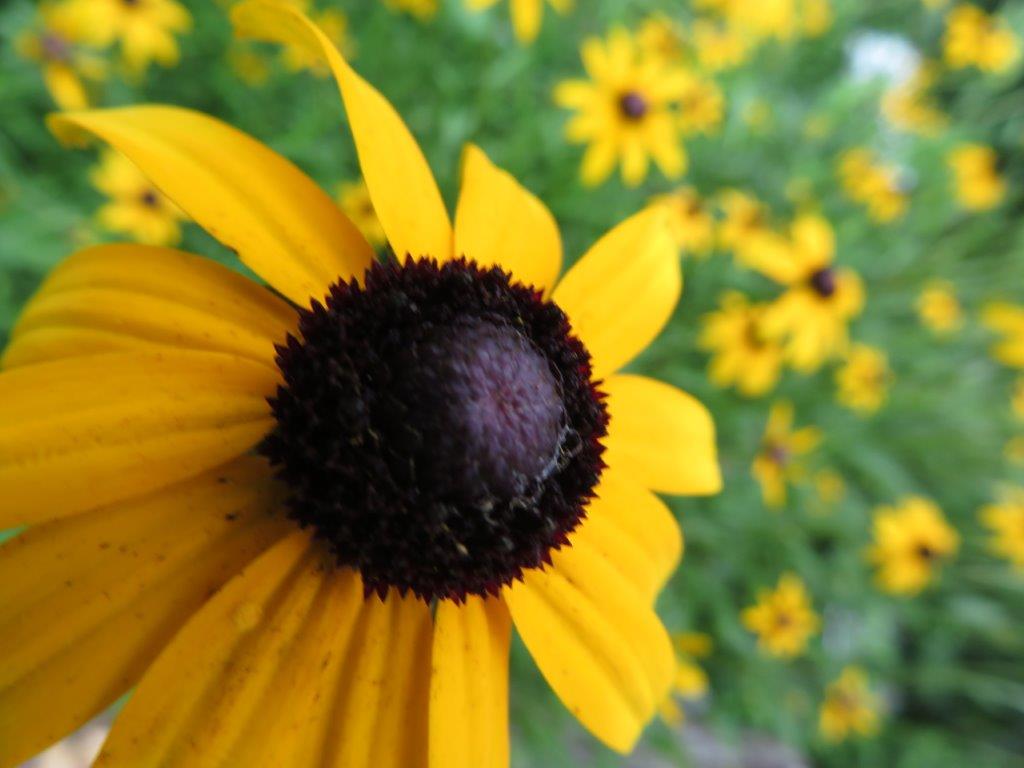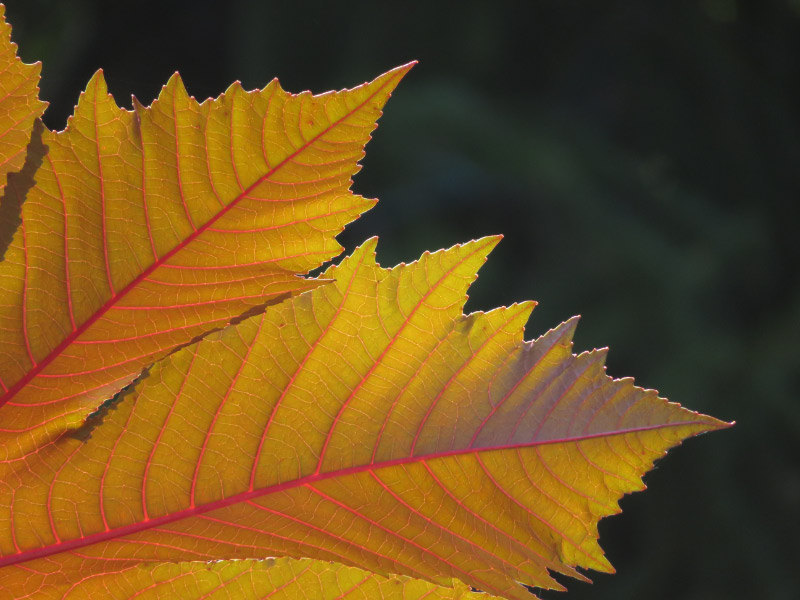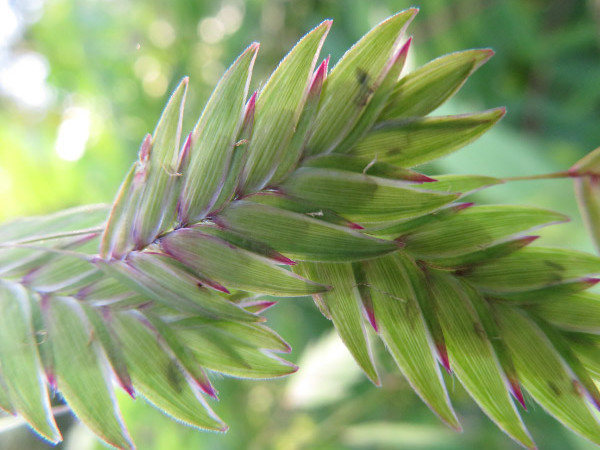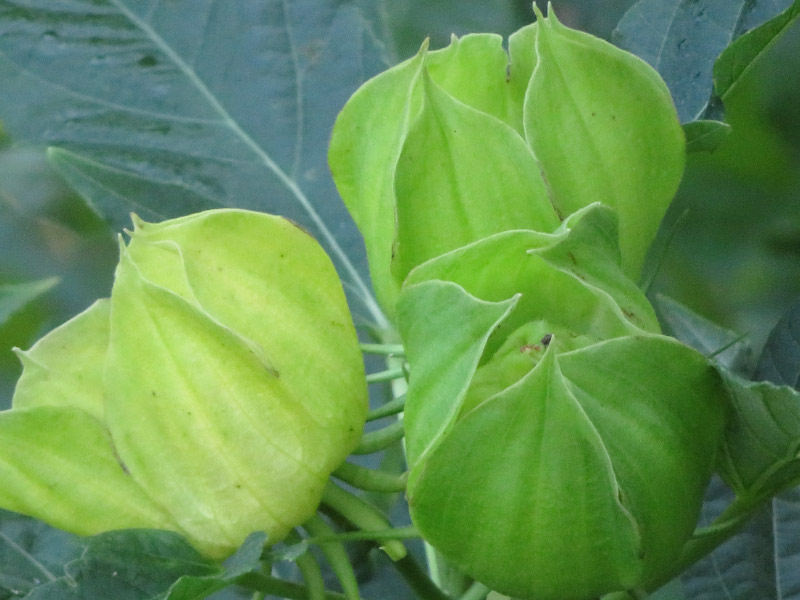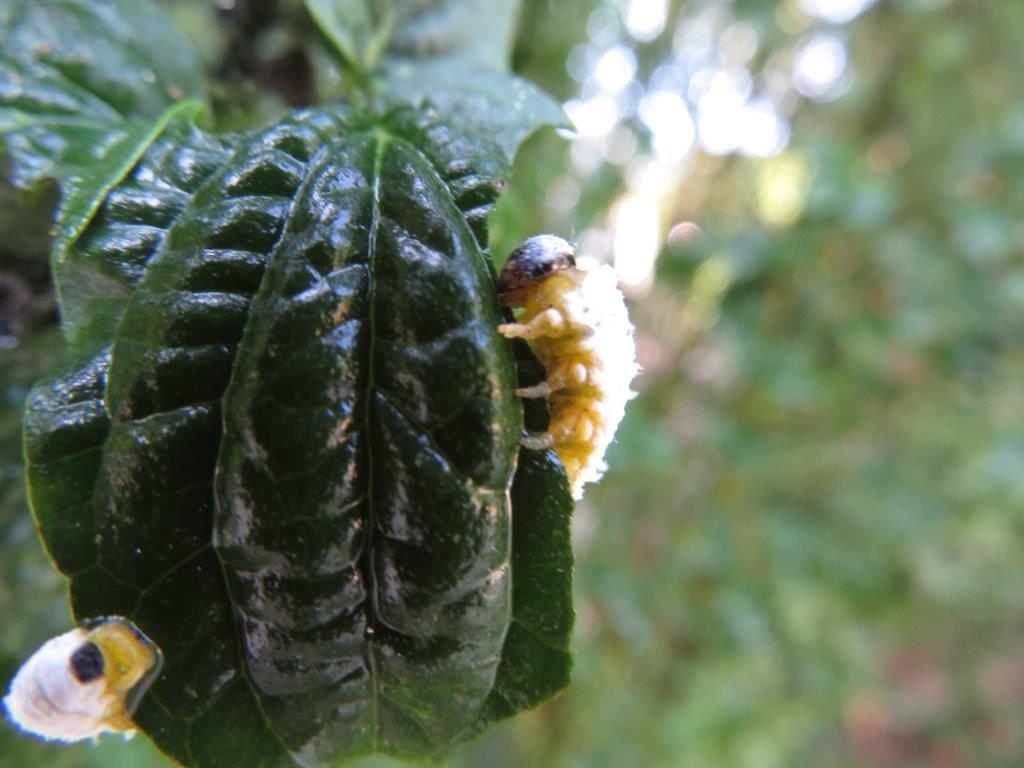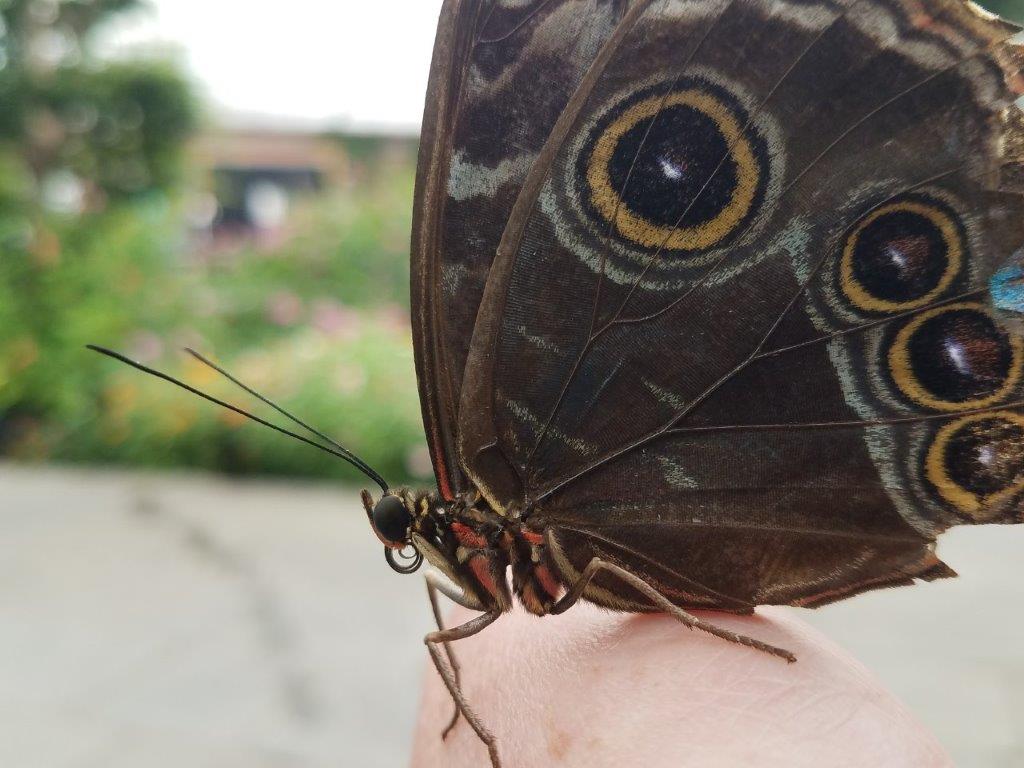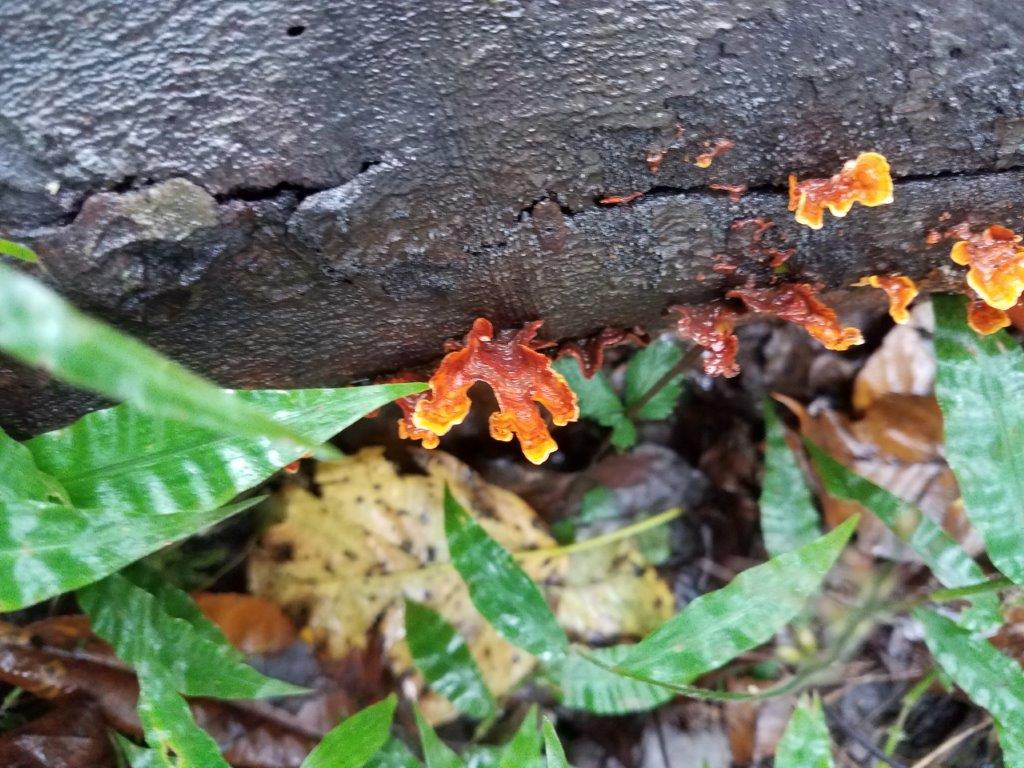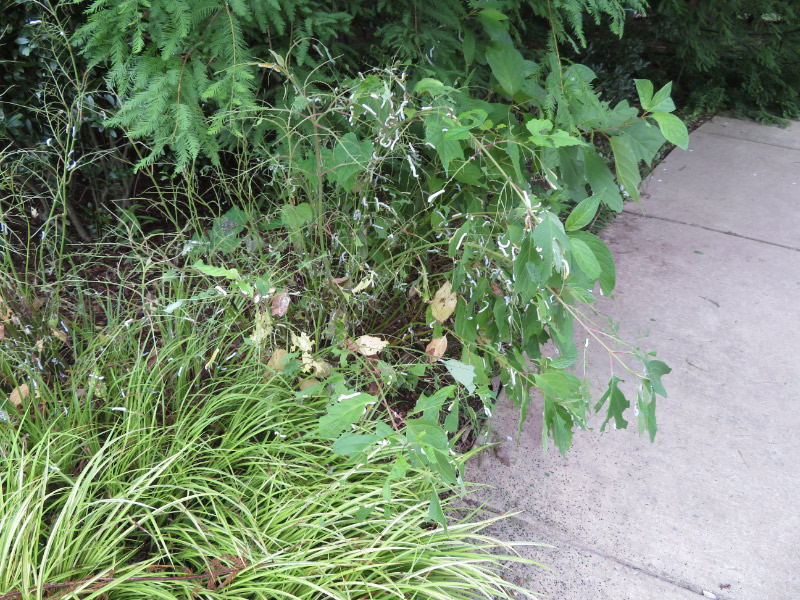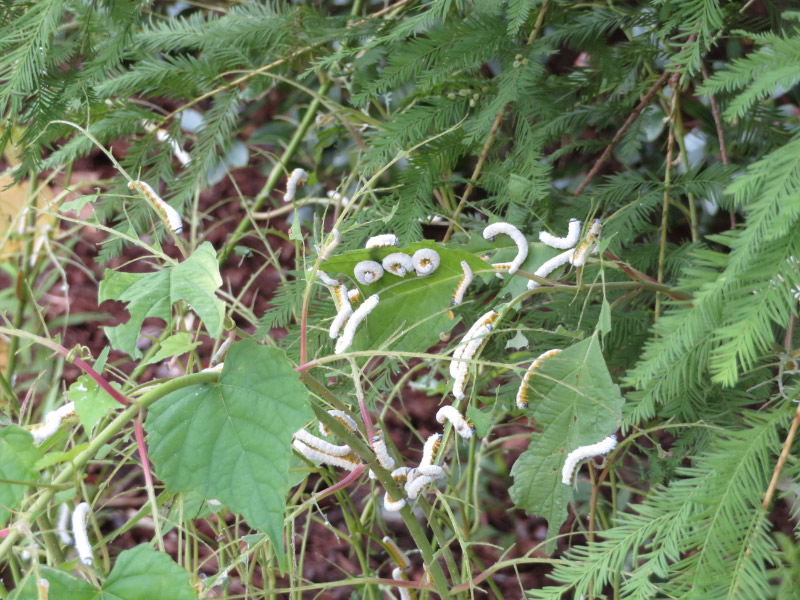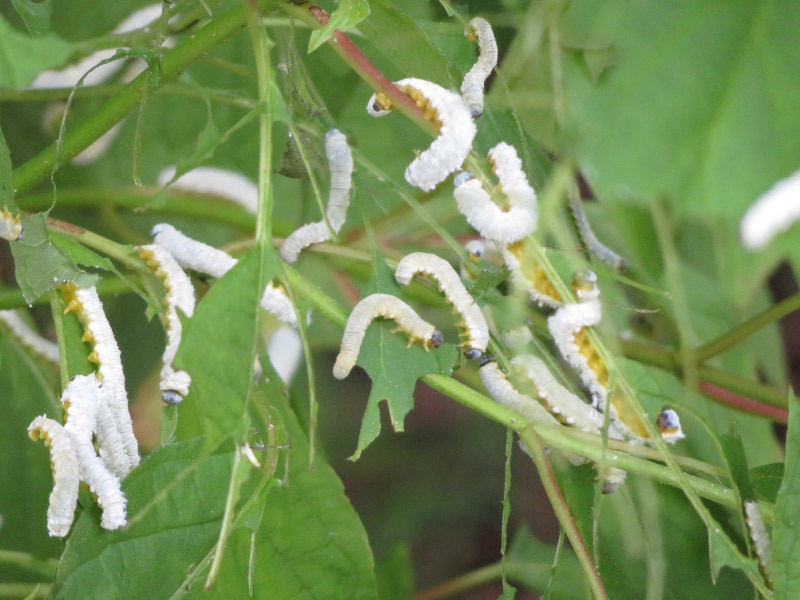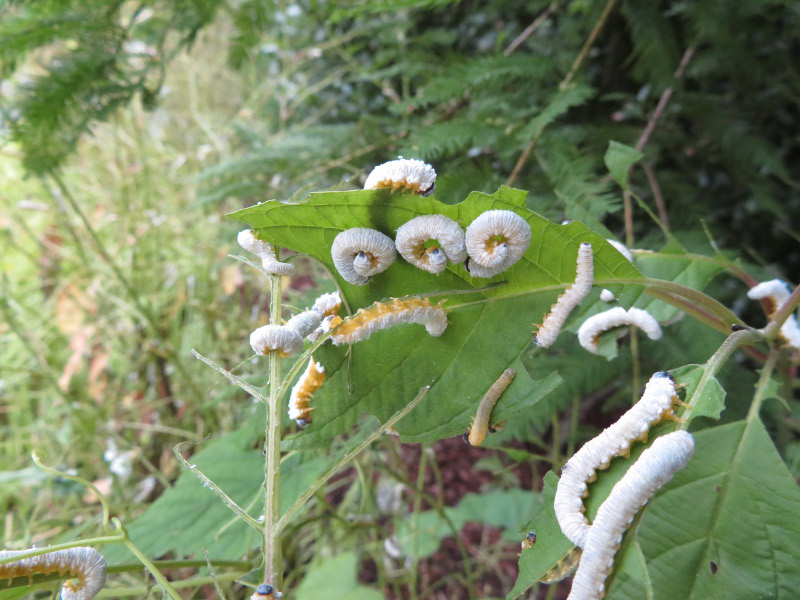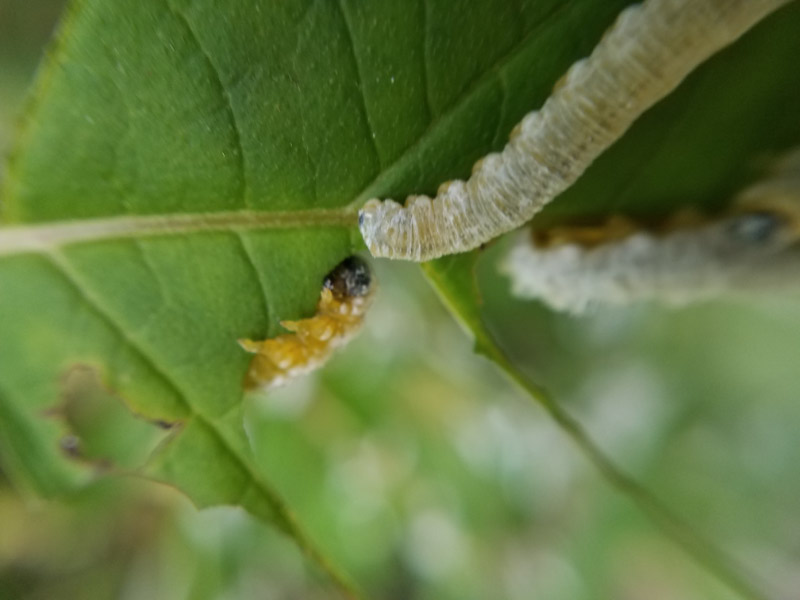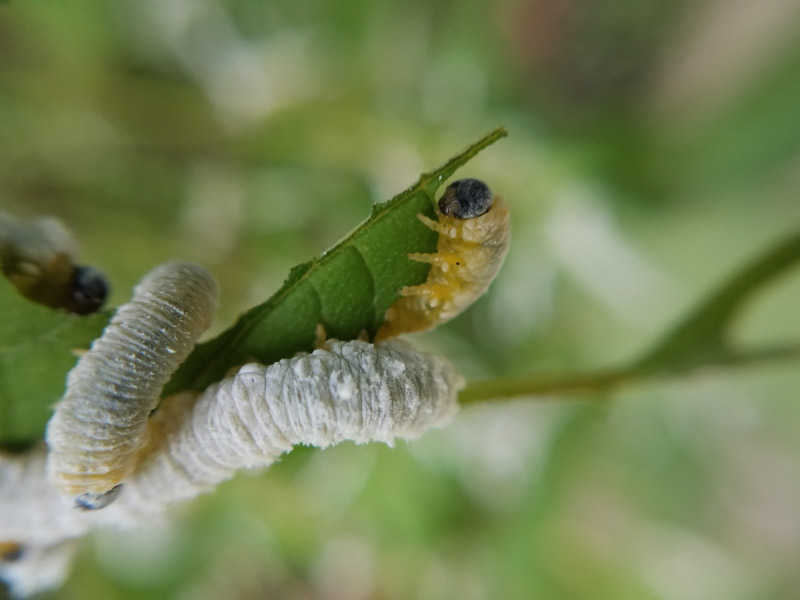Brookside Gardens – August 2019
/There is a lot to see at Brookside Gardens in August. I try get there early enough before my Wings of Fancy volunteer shifts to look around.
A plant that was new to me and is evidently doing better than usual in the garden this year (according to one of the gardeners I talked to) is Cardoon or artichoke thistle. In early August, most were still just buds.
By the third week of August there were a lot of blooms. It looks like artichoke and is closely related.
I see Goldfinch almost every time I am in the gardens…but only managed one picture!
The evidence of Bald Cypress Gall Midge is on the trees now. Soon the tips of the branches will die.
Sometimes the shape of a leaf catches my attention. These are folded along the central rib – sometimes until they get quite large – and then unfolded into a heart shape leaf.
Milkweed bug larvae (many different instars) are common on milkweed this time of year.
There were a few Dogwood Sawfly larvae on the dogwood plants near the front of the conservatory buildings but not as many as last year (see the post about them here from August 2018). They were treated with BT (found out from one of the gardeners) and only shriveled larvae were on the plants the next time I visited the gardens.



